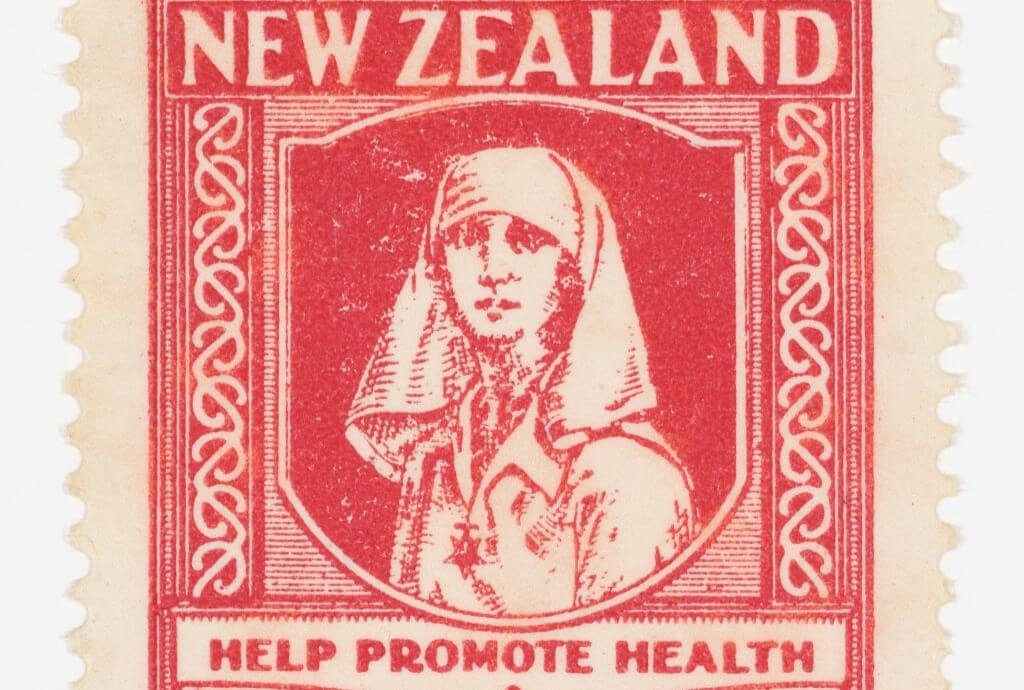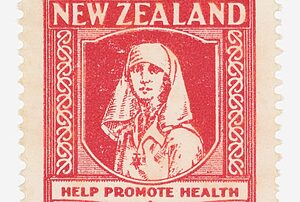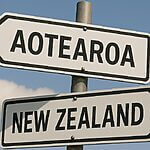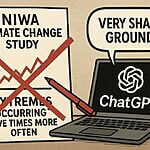In brief
- Te Pūnaha Matatini was the Government’s primary external source of COVID advice.
- It seems to have changed their view as required to support the Government’s position, and was paid generously.
- It was also paid to denounce criticism of its own research.
Bad modelling richly rewarded
Last week we wrote about the politicised anti-science background of scientific research institute Te Pūnaha Matatini (TPM). This week we look at how it helped the Government stifle dissent. The reason TPM is important is it is part of the Government promoting their story and stifling alternative voices.
As Don Brash wrote, the Government’s COVID response was not driven by “the science”. Advice varied wildly, even from the same scientists, and largely ignored cost/benefit analysis. One independent analysis concluded that, “despite considering lockdowns unnecessary” before the Government decided in favour of lockdowns, “TPM became the government’s primary external source of advice once the lockdown policy was adopted”. After this, “they supported lockdowns but never conducted any [cost/benefit analysis] on lockdown/elimination versus mitigation” despite estimating the relevant data.
TPM’s support and early COVID modelling won it the 2020 Prime Minister’s Science Prize, despite drastically over-estimating the likely impact of COVID. RNZ called their projections “terrifying”: a worst case of 89% infected and 80,000 dead. Their estimates became the justification adopted by the Government for its COVID response.
Little attention was given to the objections of epidemiologists and modellers who said the numbers were implausible and out of line with overseas experience. It is very hard to make definitive comparisons due to, for example, some deaths being “with Covid”, others being “from Covid” and some numbers not even specifying. But it is clear there were no countries with COVID deaths per capita anywhere near the TPM projections of 16,000 per million. This includes countries without first world health systems, no lockdowns and low vaccination rates.
For this the Government paid $6M: roughly twenty times more than modelling commissioned by Treasury from an independent firm. The Prime Minister’s Department refused to answer questions from NZ Herald about how the contract was awarded.
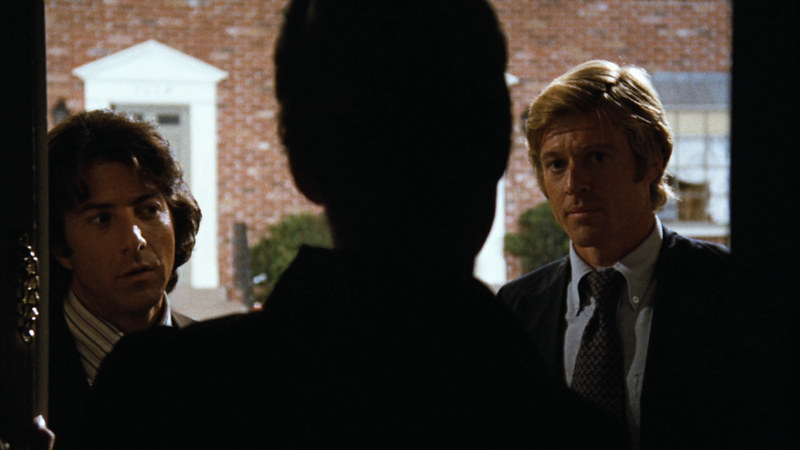
Paid to undermine science
At the same time TPM started COVID modelling in February 2020, it created a sub-group called The Disinformation Project for the explicit purpose of combating the “infodemic” of misinformation around the pandemic. This use of scientific-sounding terminology for political purposes is typical of TPM’s language.
The director of the new group, Kate Hannah, was one of the authors of TPM’s COVID modelling papers. At the same time she was being paid by the Ministry of Business Innovation and Employment to study public discussion about COVID. In this “research” Hannah denounced as conspiracy theories claims against the Government narrative, including those that the threat of COVID was exaggerated – that is, claims that were contrary to the TPM modelling. Both sets of research were given massive prominence by media.
Hannah censured public criticism of her own research as dangerous disinformation. She was paid by the Government for both the research and for slandering the criticism of it.
The Disinformation Project has come under increasing scrutiny of late, and has been cut loose from TPM. But it served its political purpose for the time: to give a scientific veneer to Government fear-mongering. It is impossible to say how much this may have contributed to Labour winning the election.




